Safety for the whole family
After a course of breast cancer, Maria did something about the considerations she had also had about her second child. The third child should have stored his stem cells – perhaps for the benefit of the whole family of now 5 members.
By Maria Lyngsø Hougaard
Photo: Frederikke Brostrup & Maria Lyngsø Hougaard
When I was due to have my second child, Svend, in January 2019, I was also in and looked at Cellaviva’s website. I think this kind of thing is hugely exciting, and you never know what you’re going to get hit with. But at the same time, I don’t know anyone who has had stem cells stored, as it is an unknown thing to many, so I dismissed it again.
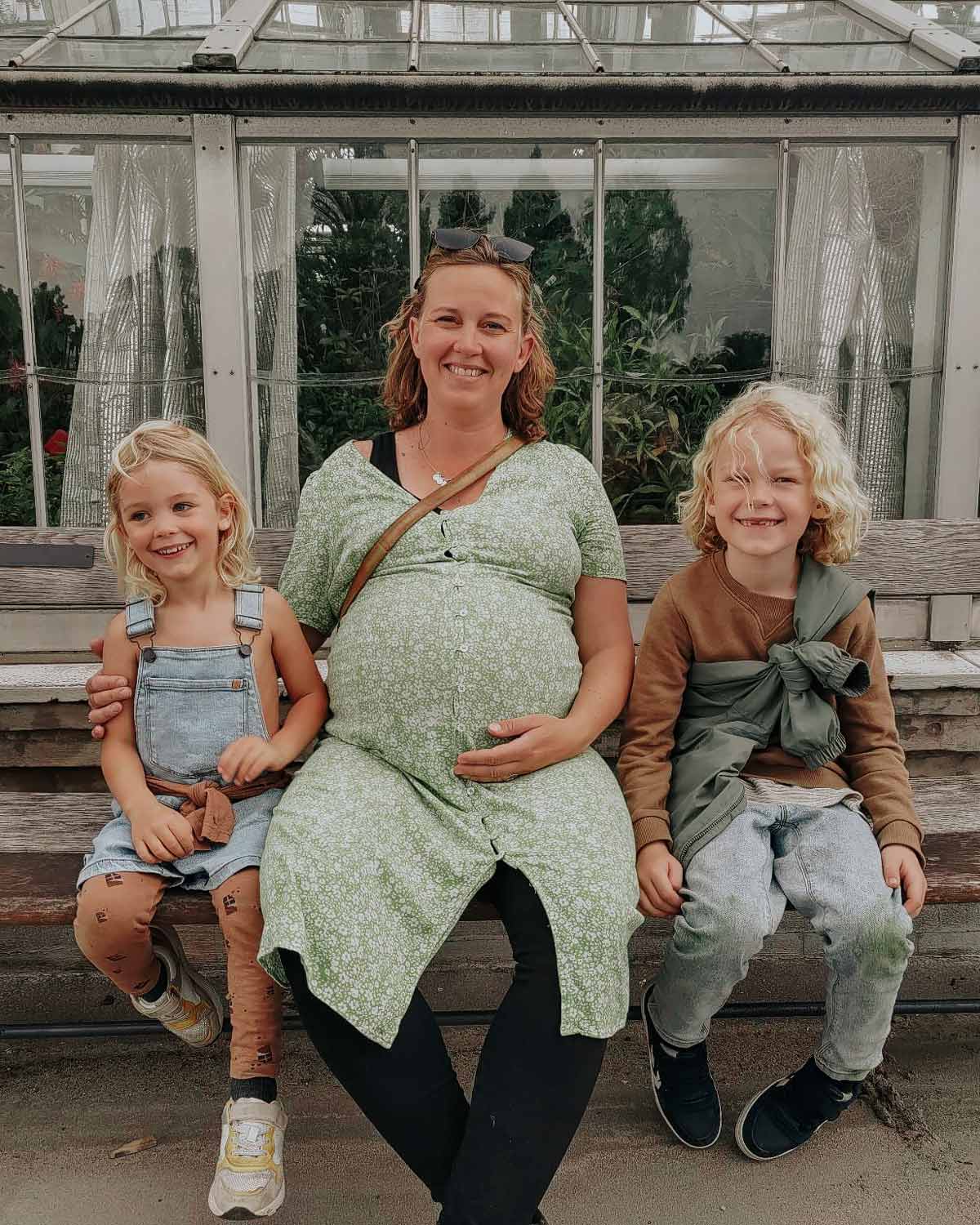
Photo: Anastasia Sevriukova
We were stricken with cancer
At the end of 2019, I was diagnosed with breast cancer myself at the age of 38. It knocked the legs out from under me and the family, and it struck me that it doesn’t always happen to the neighbour. It happened to us. A terminal illness was breathing down our necks, and a course of surgery and chemo was eating away at us.
Then when I came out on the other side and miraculously became pregnant with our third child, the idea of storing stem cells began to simmer again. And this time it was clear to us that we could be hit by something serious.
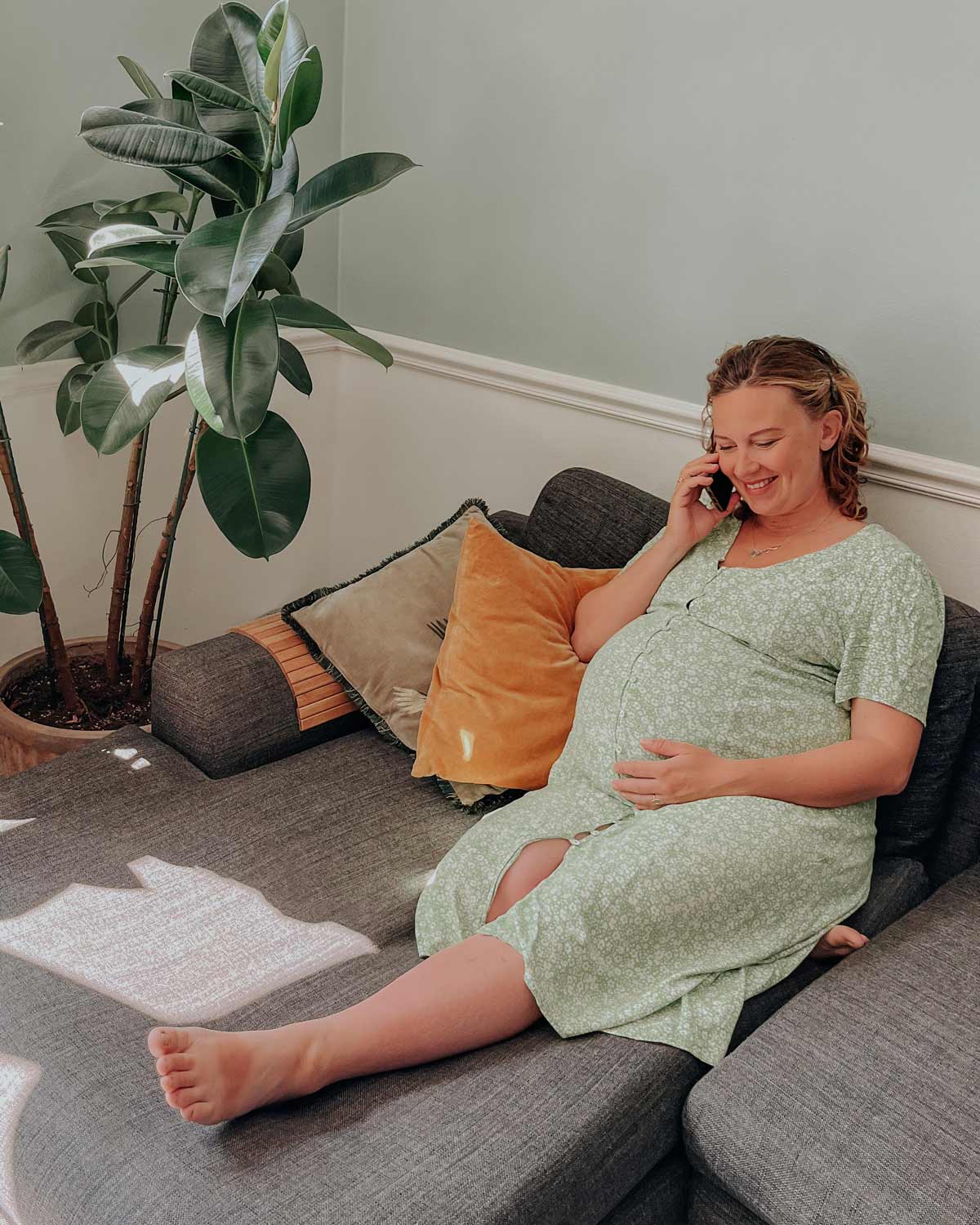
Photo: Anastasia Sevriukova
Call Cellaviva
I contacted Cellaviva and had the most wonderful chat with midwife Mianne. It is fascinating that a child’s stem cells may be used in the healing of others in the family. In this way, it is a gift for the whole family that stem cells are taken from one of the children. And that they can be frozen for such a long time without losing their special properties. Over 80 diseases can be treated with stem cells, and a lot of research is being done in this right now, so that in the future it is expected to be able to treat, for example, type 1 diabetes, brain damage, sclerosis, autism, cancer and many more with stem cells from the umbilical cord.
I flipped it over with my boyfriend and he immediately thought it was a good idea. The idea of having it lying around if something hit felt safe.
Ordering the package
The next step is to order a package that you will take with you to the birth. I went to the Cellaviva website and filled in a form and thus ordered my package.
A few days later it arrived. It’s a box that’s twice the size of a large shoe box, and it just needs to be brought to your birth. It contains the equipment that the Cellaviva midwife must use when she has to make the collection. There will also be an email with documents that must be filled in with an agreement that we want Cellaviva to store the stem cells as well as a health declaration so that the laboratory knows if there is anything they need to take special account of when the stem cells arrive there.
When the birth starts, you have to call Cellaviva’s number, and they then estimate when to send a midwife up and collect the stem cells, right after the baby comes out.
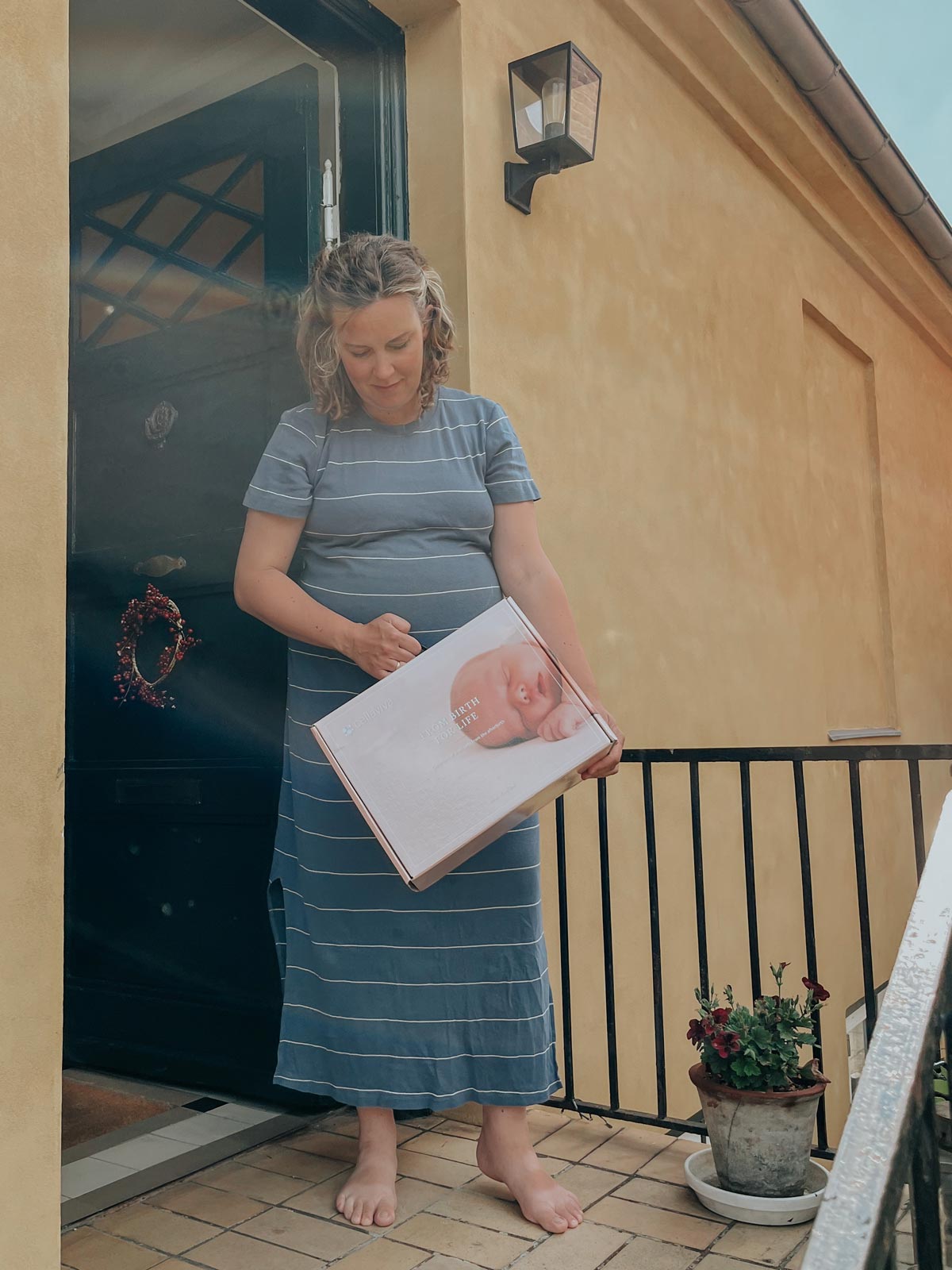
Photo: Maria Lyngsø Hougaard
My birth crew
When I gave birth to my second child, I had midwife Heidi Meyer Vallentin with me. We had prepared for the birth with her, as my first birth was a bit too overwhelming, and we became very close, and it ended up that Heidi was there for that birth. The super talented family photographer Frederikke Brostrup was also there. And we agreed that if the sun and moon aligned, then they should come again. What a birth crew and atmosphere we did last time.
Waiting for birth
Mianne from Cellaviva called me a few weeks before the due date to tell me when I should call Cellaviva’s call center, we talked about my wishes for navel removal, and she explained how a collection of stem cells in the delivery room usually takes place.
The waiting period before a birth is always very special, I think. The thing about not knowing when something is going to happen. The first two times I have been set in motion, so with the idea that I am probably someone who takes care of those children for a long time, I also had an expectation that it would happen here the third time…but at the same time that it would work strongly.
In the meantime, there were stories of wild bustle in the delivery rooms, and it actually felt a little safe that there was a midwife from Cellaviva who would arrive at the delivery room. Although they only come in according to plan when you give birth, it still gave a feeling that there was someone to help if needed.
Long awaited birth
The birth was somewhat different than expected. With two 5-hour births behind me, here came a birth with an initiation over several days. Then the water was broken on a Thursday morning, and we contacted Cellaviva so they could send a midwife to collect stem cells. But no contractions came, and we had to be induced. When the contractions were at their peak and everything indicated that the pushing phase was the next step, it turned out that something was completely wrong – 4 cm dilated, and the baby was wrongly standing with his head straight down on the pelvis instead of with the back of his head down in the pelvis.
The midwife called for an epidural, which was crazy to try for the first time; having contractions without being able to feel them. We all slept/rested for quite a few hours, and when it was Friday morning, things finally got moving and he came out.
But I brought my delivery crew with me and we again created a magical atmosphere with lots of laughter and love. And fighting spirit.
Collection of stem cells
Cellaviva’s midwife Hanna also reckoned that this third birth would be quick, so she came on Thursday evening, but also had to find a place to rest at night as the birth dragged on. When I had given birth and Hans had cut the umbilical cord, the collection began.
A collection takes place as follows:
1. First the blood is collected – midwife Hanna from Cellaviva used the equipment that was in the box we had brought with us. She started with the blood bag, which is connected to two needles via a tube. Hanna cut off the umbilical cord and inserted the needle into the vein of the umbilical cord and then the blood that is left in the umbilical cord and the placenta flows into the bag. It takes a few minutes.
2. When the placenta is born, Hanna does the same again, with the other needle connected to the blood bag. This is to ensure that all the blood that is full of stem cells is drained.
3. Then a piece of the umbilical cord itself must be taken, because it contains a different kind of stem cells. Hanna separates the umbilical cord again, cuts off a piece and puts it in a container with salt water.

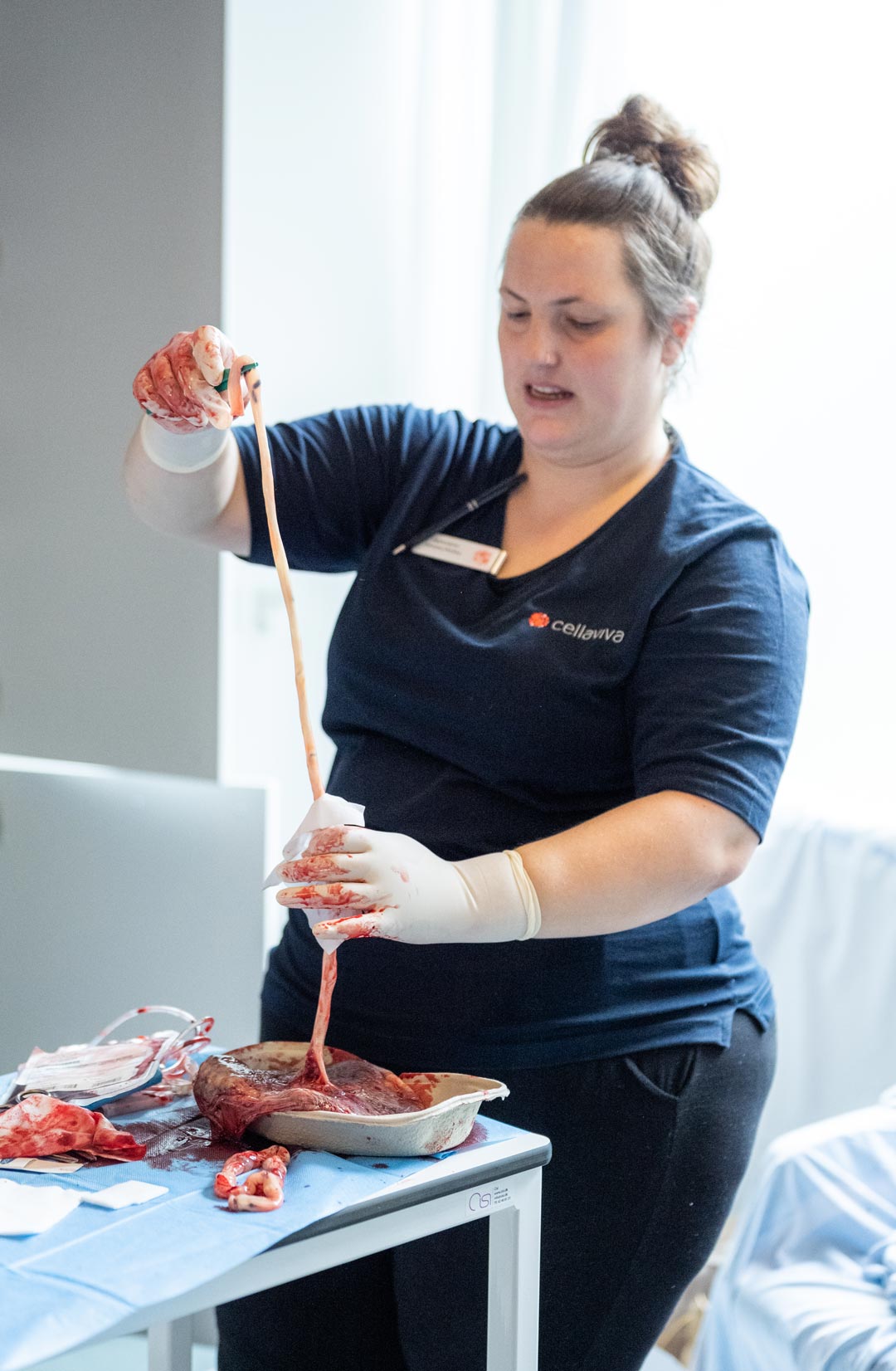

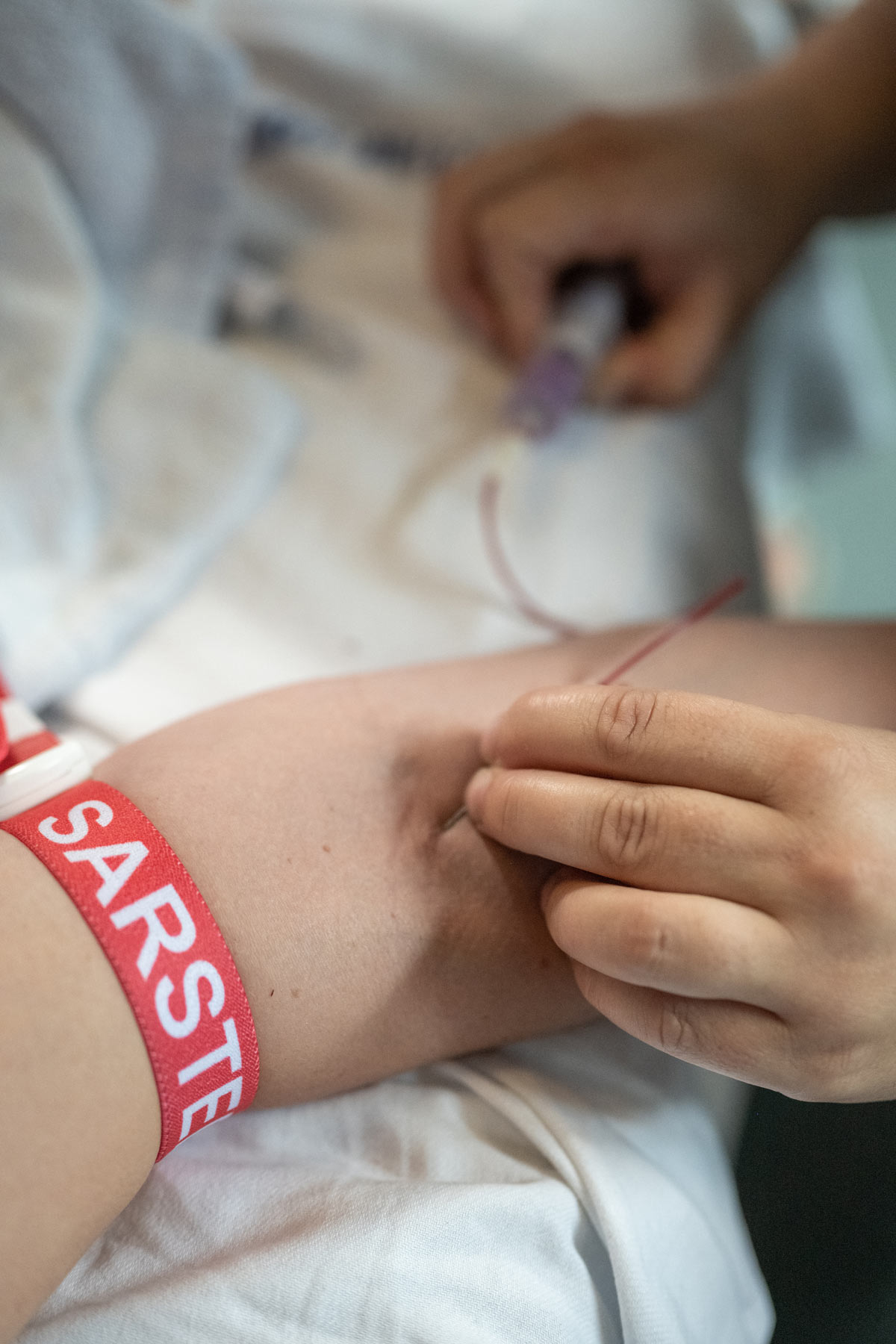
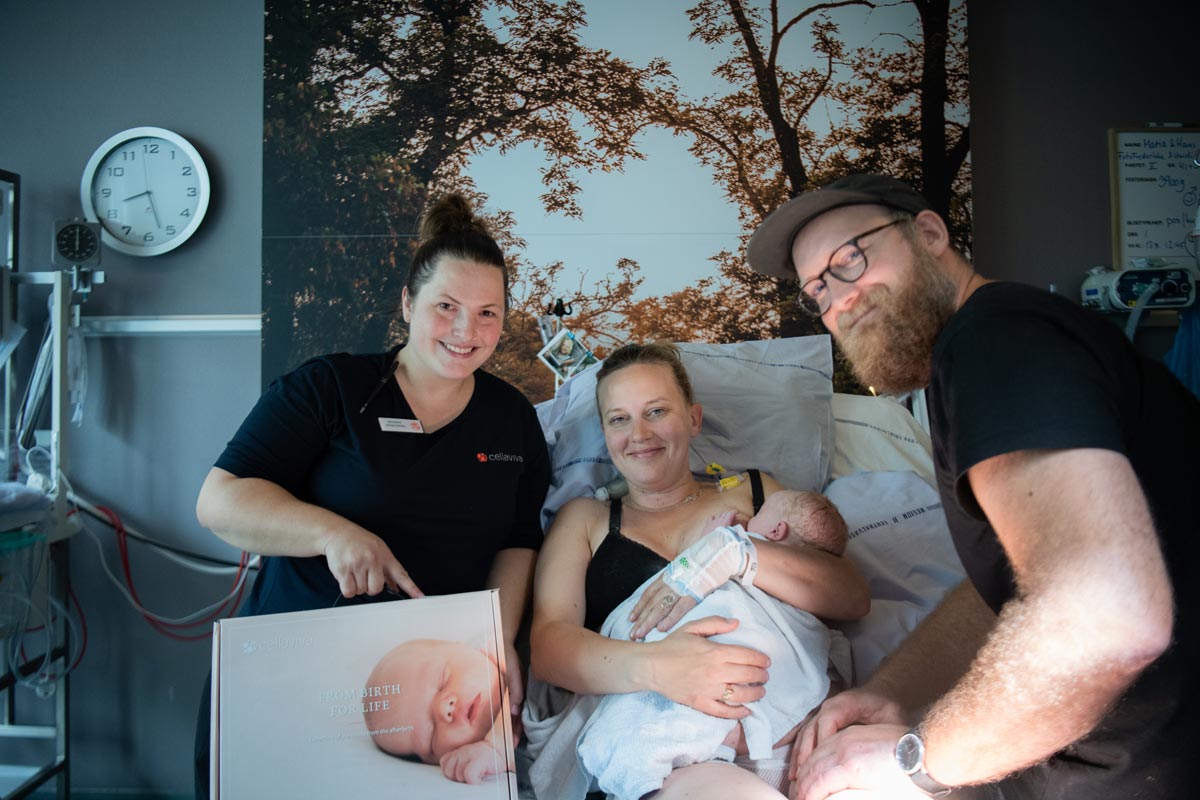
Photos: Frederikke Brostrup
I felt very little about the collection.
After all, we were in the process of looking at our baby and recovering from the birth, meanwhile Hanna did her part and explained what we wanted to know. But also did not understand to disturb the nice first moment. The only physical thing I noticed about it was a blood test.
And finally we got a nice handwritten card from Hanna.
Afterthoughts
It’s crazy to think that stem cells from little brother are now locked away in Sweden at Cellaviva. I hope we never have to use them, but it’s safe to know we have them. After experiencing a life-threatening illness, it is latent in one that these things do not only happen to the neighbor.
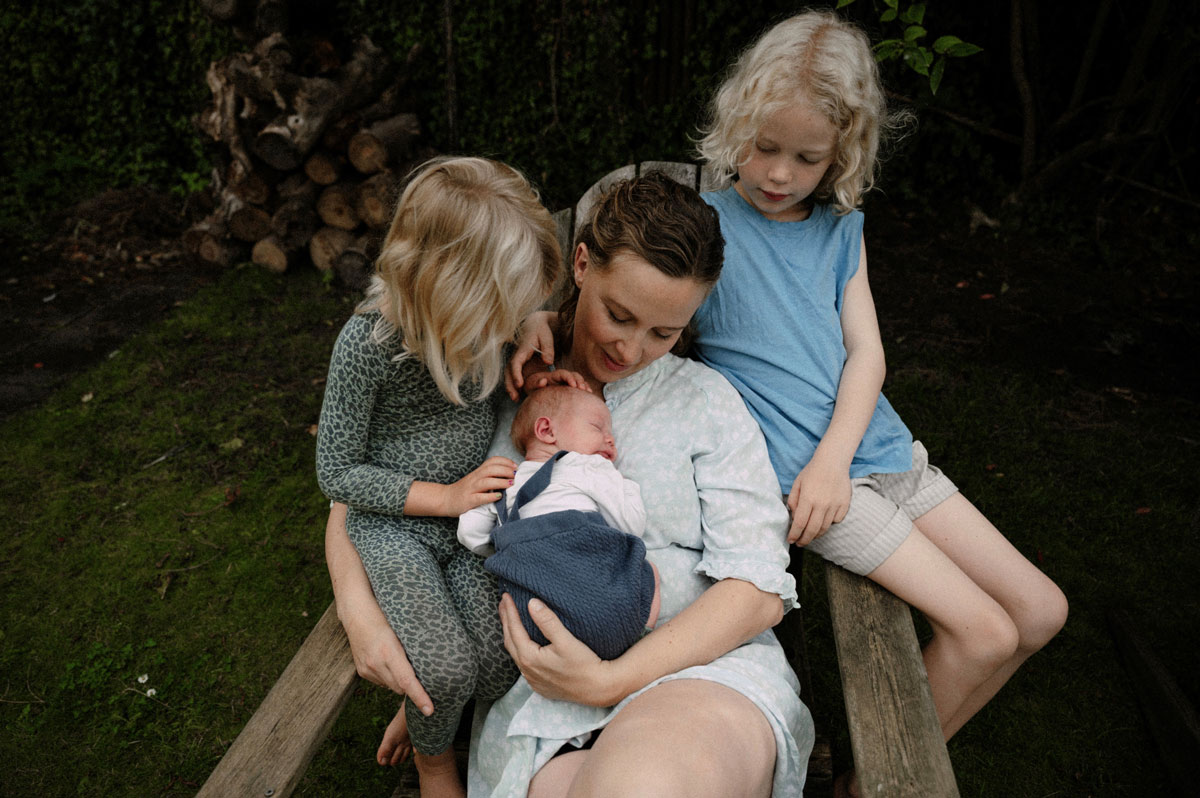
Photo: Anastasia Sevriukova